Year 10+ Plane Geometry
Chapters
Eccentricity
Eccentricity
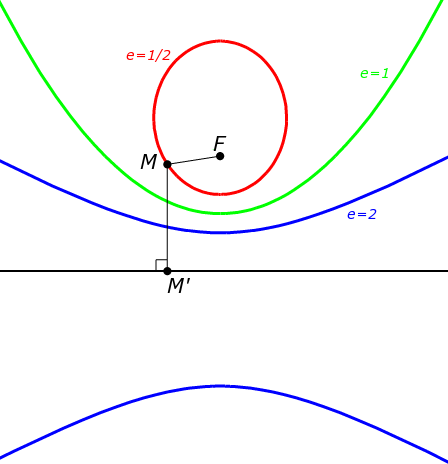
The eccentricity of a conic section (a circle, an ellipse, a parabola or a hyperbola) tells us how different from a circle it is.
Circles have eccentricity zero, but as the conic section opens out and its curves become less like those of a circle, its eccentricity increases.
We use \(e\) as notation for the eccentricity of a conic section. This, of course, is a completely different \(e\) from Euler's constant, which has the fixed value \(2.71828\dots\).
Different types of conic sections have different eccentricities:
- All circles have \(e=0\)
- The eccentricity of ellipses varies: \(0 .
- All parabolas have \(e = 1\).
- Hyperbolas all have \(e > 1\).
- Being as uncurved as you can get, straight lines have infinite eccentricity.
Formulas for Eccentricity
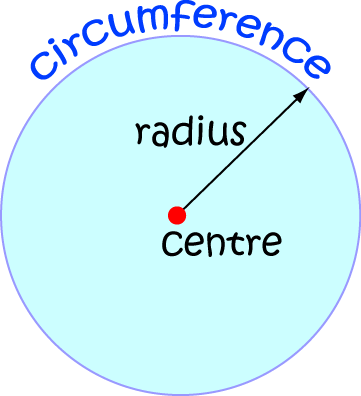
Regardless of its radius, the eccentricity of a circle is always zero. That's not too hard to calculate, is it?
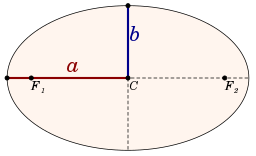
You have to do a bit of work to find the eccentricity of an ellipse. It's given by the formula
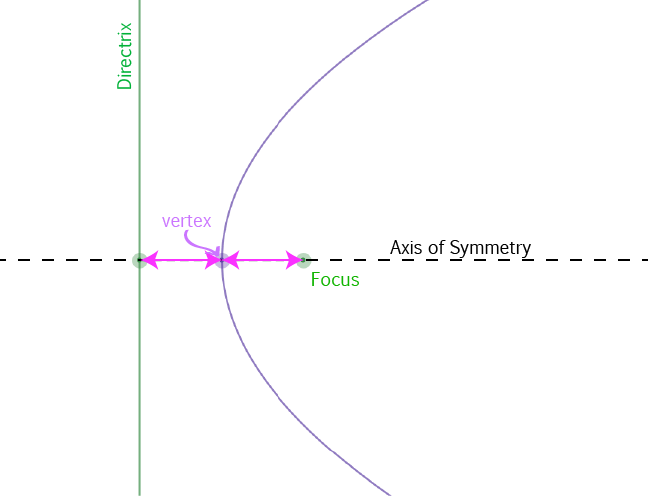
The second easiest conic section to calculate the eccentricity for is the parabola. Its eccentricity is always 1. (What? 1 is simpler than 0, isn't it?)
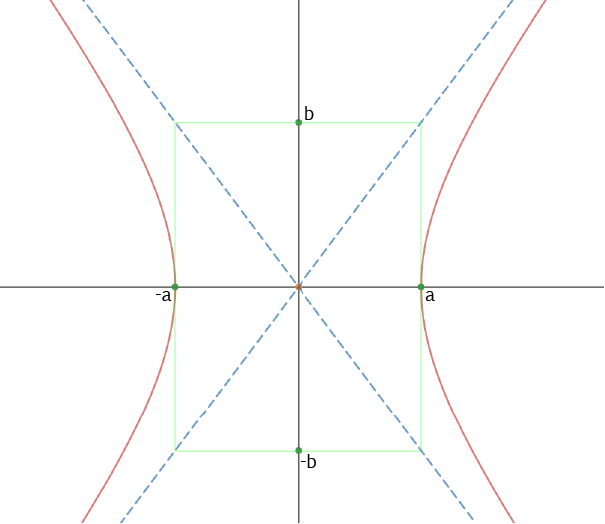
Finding the eccentricity of a hyperbola is a little trickier than the others. The equation of a hyperbola should look something like this:
Example
Find the eccentricity of the hyperbola \(\dfrac{x^2}{25} - \dfrac{y^2}{16} = 1\).
Solution: The equation of this hyperbola has the form
Description
In these chapters you will learn about plane geometry topics such as
- Area (Irregular polygons, plane shapes etc)
- Perimeter
- Conic sections (Circle, Ellipse, Hyperbola etc)
- Polygons (Congruent, polygons, similar, triangles etc)
- Transformations and symmetry (Reflection, symmetry, transformations etc)
etc
Even though these chapters are marked for Year 10 or higher students, several topics are for students in Year 8 or higher
Audience
Year 10 or higher, suitable for Year 8 + students as well.
Learning Objectives
Learn about Plane Geometry
Author: Subject Coach
Added on: 28th Sep 2018
You must be logged in as Student to ask a Question.
None just yet!